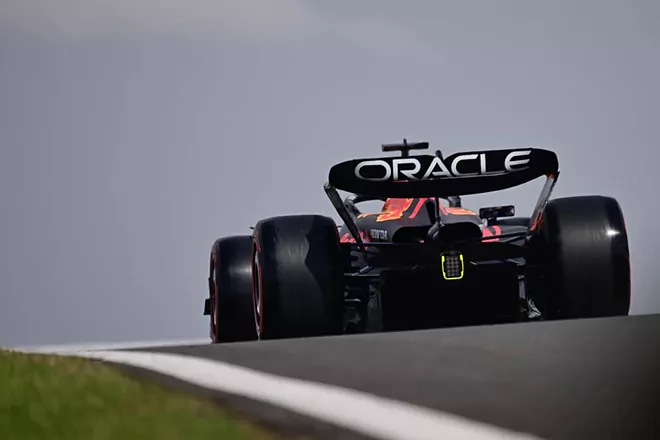Formula 1 (F1) cars and IndyCars (Indycar Series) are both high-performance open-wheel racing cars, but there are several key differences between them in terms of technical specifications, regulations, and the nature of the racing series. Here are some of the main distinctions:
Technical Specifications:
Chassis
F1 cars have a more complex and aerodynamically sophisticated chassis design, often featuring intricate front and rear wings, multiple elements, and intricate bodywork. Indycars have a simpler, spec-based chassis with standardized components.
Engines
F1 cars are powered by turbocharged hybrid power units, typically featuring V6 engines with energy recovery systems. Indycars use a spec engine formula, currently utilizing a 2.2-liter V6 twin-turbocharged engine supplied by Honda or Chevrolet.
Weight
F1 cars are generally lighter due to their advanced construction materials and designs. Indycars are slightly heavier due to the standardized components and construction.
Top Speed
F1 cars generally achieve higher top speeds compared to Indycars due to their more advanced aerodynamics and power units.
Race Formats
Circuits
F1 races take place on a variety of international tracks, including permanent circuits, street circuits, and hybrid tracks. Indycar races primarily take place on ovals, road courses, and street circuits in North America.
Pit Stops
F1 races typically involve multiple pit stops for tire changes, fueling, and adjustments. Indycar races also include pit stops, but the strategies and frequency may vary depending on the race format.
Racing Series
F1
Formula 1 is a global motorsport series known for its international reach, with teams and drivers competing in a championship series that spans multiple continents. It is considered the pinnacle of motorsport, attracting the best drivers and significant global media coverage.
Indycar
The Indycar Series is primarily based in North America and features oval and road course racing. It includes prestigious races such as the Indianapolis 500. While Indycar also attracts top drivers, it may have a more regional following compared to the global popularity of F1.
Regulations
Technical Regulations
F1 has more stringent and complex technical regulations, allowing teams more freedom for innovation and development within specific parameters. Indycar has more standardized technical regulations to ensure cost control and close competition.
Sporting Regulations
The sporting regulations of Formula 1 (F1) and IndyCar have several key differences that distinguish the two racing series. Here are some notable contrasts:
Technical Specifications
F1 has more stringent technical regulations, with specific guidelines on engine power, aerodynamics, and chassis design. IndyCar, on the other hand, allows for more flexibility in these areas, leading to greater variation in car designs.
Race Format
F1 typically follows a format of practice sessions, qualifying, and a single main race. IndyCar races often include practice and qualifying sessions, but they also incorporate oval tracks and may feature multiple races in a single event, such as doubleheader weekends.
Safety Car
F1 employs a safety car to neutralize the race during incidents, while IndyCar uses a full-course caution period, known as a yellow flag, to slow down the cars and ensure safety.
Pit Stops
F1 pit stops involve changing tires and refueling, whereas IndyCar only allows tire changes. Refueling during pit stops is not permitted in IndyCar races.
Points System
The points system for both championships differs. F1 awards points to the top ten finishers, with the winner receiving the most points. IndyCar awards points to a larger number of finishers, with the winner earning the most points as well.
While F1 and Indycar both provide high-speed, open-wheel racing excitement, the technical specifications, race formats, racing series, and regulations set them apart. Each series offers its unique appeal and attracts a dedicated fan base.
